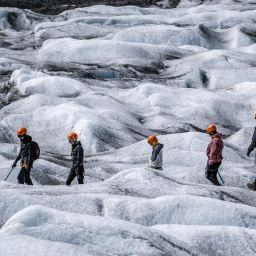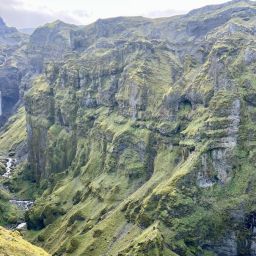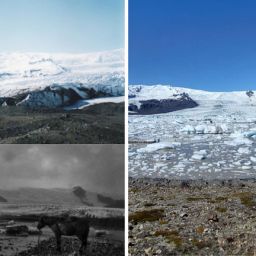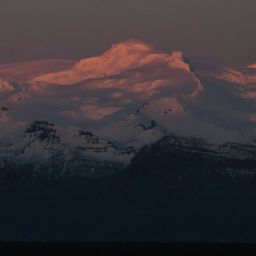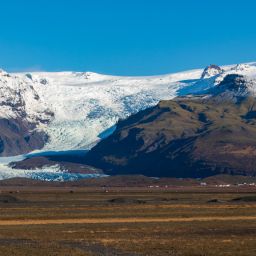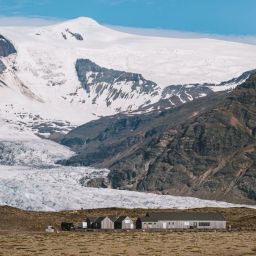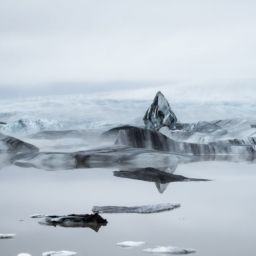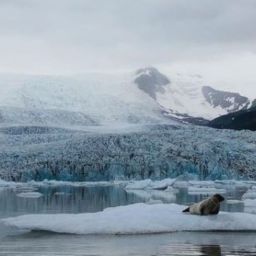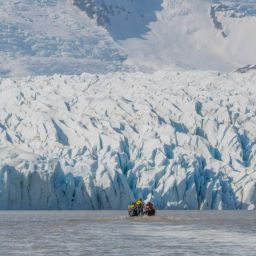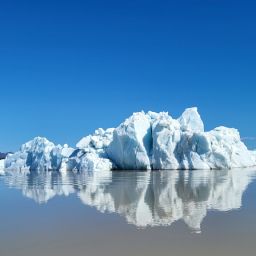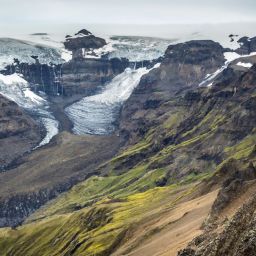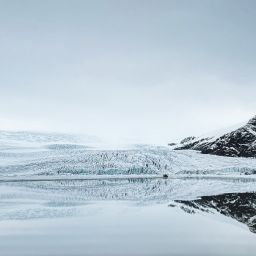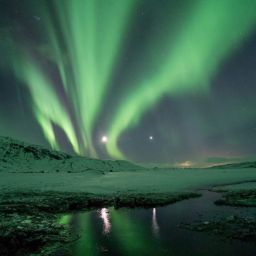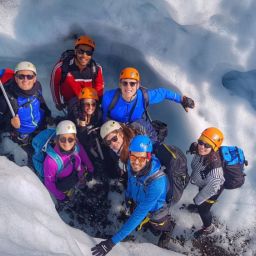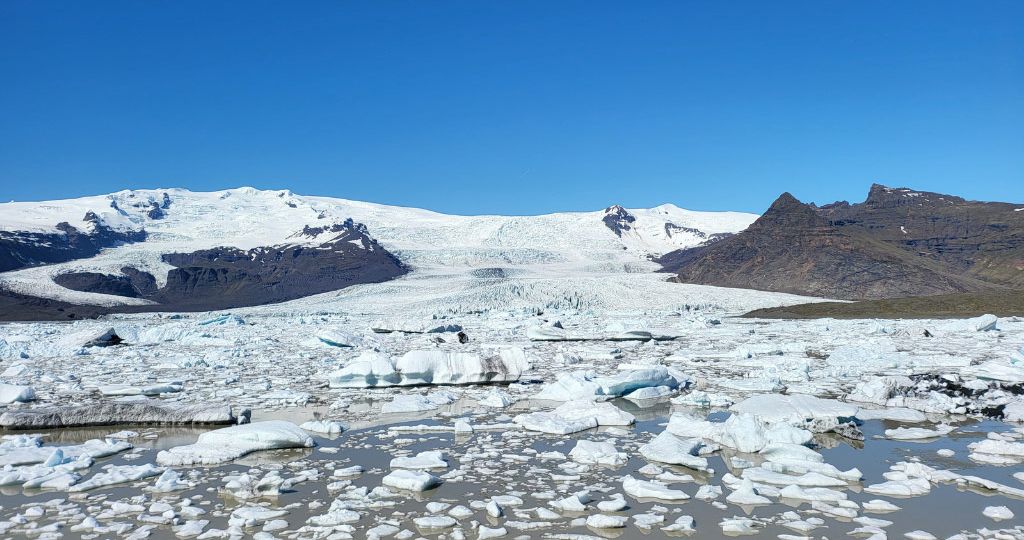
If you’ve been researching a visit to one of Iceland’s famously breathtaking glacier lagoons, then chances are you’ve whittled it down to a couple: Fjallsárlón and Jökulsárlón. These two standout lakes are among the most extraordinary sights on the country’s south coast and a trip to at least one of them is a must for any tourist who makes it this far east. But the two lagoons have very different characteristics. In this article, we’ll explore why Fjallsárlón stays quieter than Jökulsárlón and why that matters.
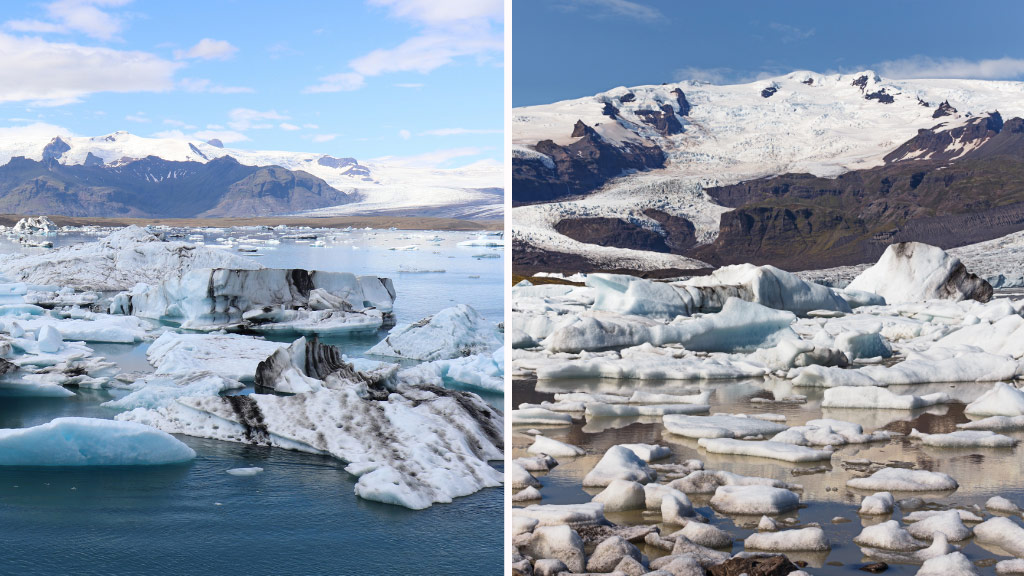
Jökulsárlón glacier lagoon (on the left) and Fjallsárlón glacier lagoon (on the right) are only a few minutes driving time apart.
Two lagoons, two glaciers
Fjallsárlón and Jökulsárlón are located less than fifteen minutes’ drive apart along the southern stretch of Iceland’s ring road. However, though they both have a connection to the massive Vatnajökull ice sheet, they are actually the result of two different outlet glaciers. While Jökulsárlón formed as Breiðamerkurjökull began to retreat, Fjallsárlón is a product of neighbouring Fjallsjökull. Another glacier called Hrútárjökull also feeds it to a lesser extent.
In the past, infrastructure at Fjallsárlón was considerably sketchier. This might go some way to explaining why the visitor numbers haven’t yet built to the same extent as its busier neighbour. Nevertheless, that’s changed now and there’s a proper access road and full car parking facilities at both, as well as places to eat. So in terms of the infrastructure there’s no reason to choose one over the other.
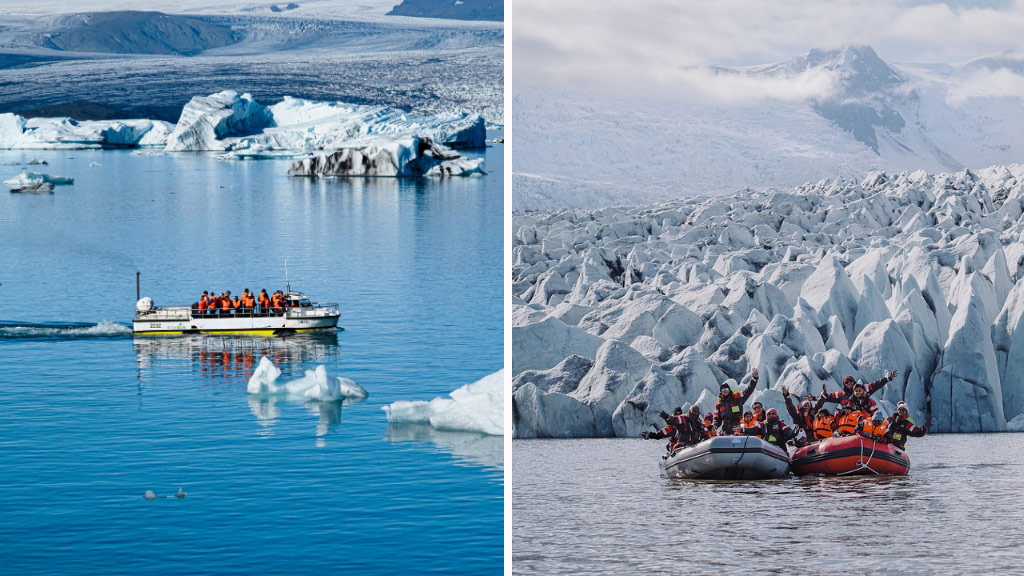
You can book boat tours on Jökulsárlón (on the left) and on Fjallsárlón (on the right) and explore the floating icebergs and the glaciers edge.
Boat trips on Fjallsárlón and Jökulsárlón lagoons
A major reason for tourists to come to glacier lagoons such as this is to be able to admire the glacier and its surroundings at close quarters. One of the best ways to achieve this is by taking a boat trip. At both Fjallsárlón and Jökulsárlón, visitors can venture out onto the water in Zodiacs which are easily manoeuvred between the icebergs that litter the water.
It’s also possible to take an amphibious boat trip out onto Jökulsárlón but typically they can’t get as far across the lagoon and you won’t see a huge amount more than if you remained on the shore. Typically boat trips on the glacier lagoons are a seasonal activity, usually possible between April and November so long as temperatures don’t drop too much.
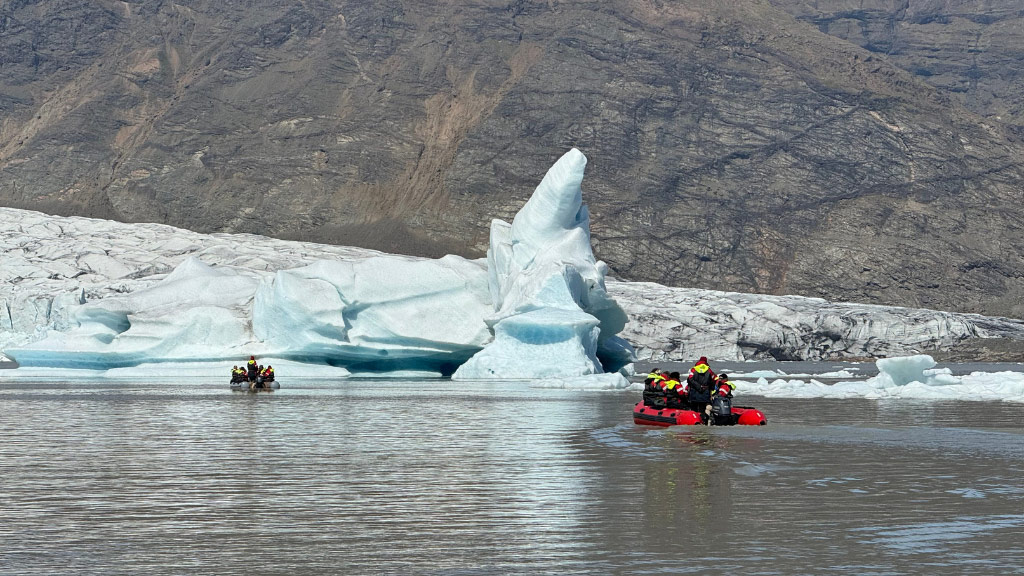
Visiting Fjallsárlón does not mean that you can’t visit the Diamond beach or the Jökulsárlón lagoon.
Why visit one lagoon rather than the other?
While it’s possible to follow the outlet channel that links Jökulsárlón to the ocean, it’s quite common for self-drive visitors to shift the car when they’re ready to visit Diamond Beach. This is where the icebergs that calve from Breiðamerkurjökull wash back onto the black volcanic sand after they’ve floated out sea. However it’s barely any distance from Fjallsárlón, so you won’t miss out if you choose the quieter of the two lagoons.
In fact, many people prefer the relatively overlooked Fjallsárlón over its more famous counterpart. It’s a more intimate experience to get out onto Fjallsárlón, which is smaller and not as deep as Jökulsárlón but still large enough to have the wow factor. The glacier and the mountain ridges and peaks that rise behind it create a magnificent backdrop, whether you’re standing on the shore or out on the lagoon.
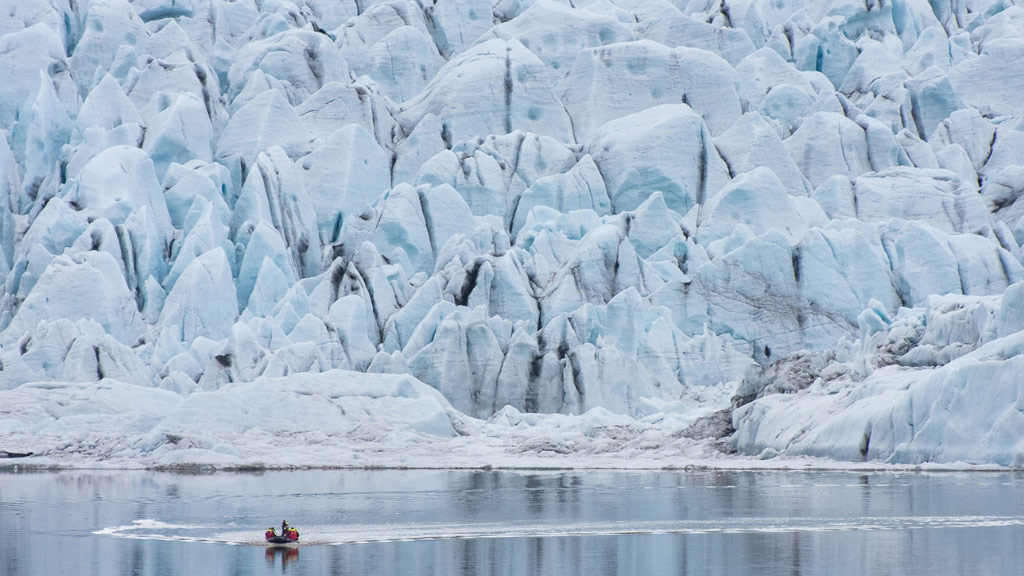
Fjallsárlón is still a “hidden gem” that offers lesser crowds and stunning scenery.
Fjallsárlón’s still a relatively hidden gem
There’s still a sense of being one of the privileged minority who get to enjoy this serene and tranquil lake while a steady succession of coaches and minibuses disgorge their tour groups a few kilometres further along the road. If you prefer not to share the experience of admiring a striking view, then you’ll find the smaller visitor numbers at Fjallsárlón much more to your liking.
In addition, Fjallsárlón isn’t impacted by saltwater like Jökulsárlón is. When location scouts identified Jökulsárlón as the ideal setting for a car chase scene for the Bond movie Die Another Day, it wasn’t immediately suitable. Instead, it was necessary to temporarily dam the channel to enable the water to freeze.
However, in contrast, there’s no such outlet channel linking Fjallsárlón to the ocean which means the lagoon isn’t impacted by the tides like its larger neighbour. In winter, this means that if temperatures drop sufficiently, Fjallsárlón can sometimes freeze over. Seeing the landscape like this is a magical experience and one not to be missed.
As we’ve demonstrated, sometimes finding a quieter alternative to a popular tourist spot can lead to a much richer and more rewarding visitor experience. Fjallsárlón definitely stays quieter than Jökulsárlón but we believe that makes it a much more enticing prospect if you’re a discerning traveller.



